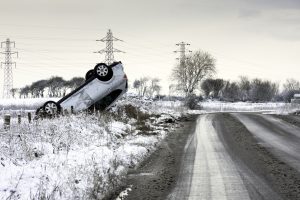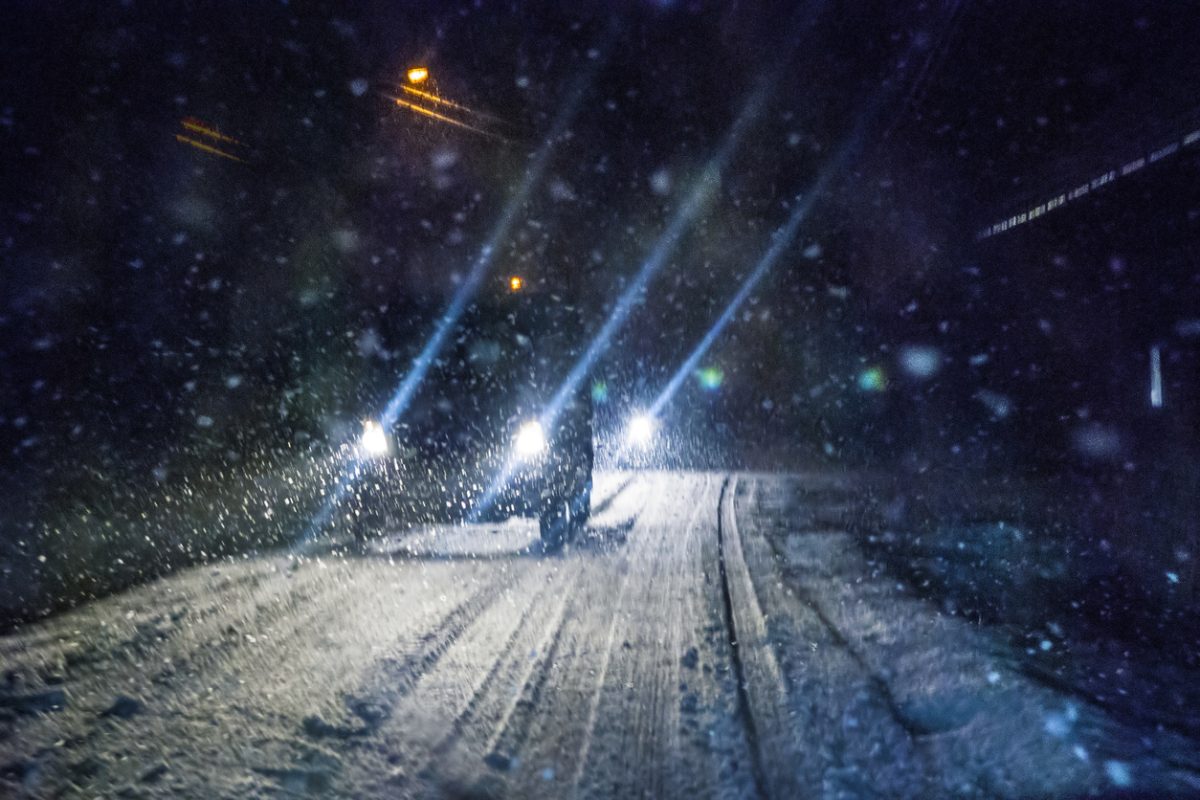Weather-related accidents pose unique legal challenges, often making it difficult to determine who is responsible and how damages should be awarded. When rain, snow, fog, or ice contribute to a crash, evidence becomes the foundation for establishing the facts and proving liability. Understanding what evidence helps win weather-related accident cases is crucial for anyone seeking fair compensation after a collision in adverse conditions.
The Role of Evidence in Weather-Related Accident Cases
In weather-related accident cases, the burden of proof is on the parties involved to show what happened and why. Evidence is essential for clarifying the circumstances of the crash, especially when weather is a major factor. Courts and insurance companies rely on tangible proof to determine if a driver acted reasonably given the conditions or if negligence played a part. The right evidence can make the difference between a successful claim and a denied one.
Photographic Evidence and Scene Documentation
Photographs are one of the most persuasive forms of evidence in weather-related accident cases. Capturing images of the accident scene, vehicle damage, road conditions, and visible weather factors such as snow, ice, standing water, or fog provides a visual record of what occurred. Photos should show the position of vehicles, skid marks, debris, and any obstructions or hazards that may have contributed to the crash. This documentation helps reconstruct the events and supports claims about how weather impacted the situation.
Scene documentation goes beyond photos. Notes about the time, location, and sequence of events are valuable, as are diagrams that illustrate the positions of vehicles before and after the collision. Collecting this information as soon as possible after the accident preserves crucial details that can fade from memory over time.
Police Reports and Official Records
A police report is a cornerstone of evidence in weather-related accident cases. Law enforcement officers document their observations, including weather and road conditions, statements from drivers and witnesses, and any traffic citations issued at the scene. The report may note if it was raining, snowing, or foggy, and whether visibility was impaired. This official record often carries significant weight with insurance adjusters and in court, as it provides an impartial account of the incident.
Police reports also include diagrams and a narrative of how the accident unfolded. If a citation was issued for speeding, failure to yield, or another infraction, it can serve as strong evidence of negligence. These details help establish whether the drivers involved took appropriate precautions for the weather conditions.

Witness Statements and Testimonies
Eyewitnesses can offer valuable insight into the moments leading up to and during a weather-related accident. Their statements can clarify disputed facts, such as whether a driver was speeding, following too closely, or failed to use headlights in low visibility. Witnesses may also describe the severity of the weather and its impact on the road, supporting claims that conditions were genuinely hazardous.
Testimonies from passengers, pedestrians, or nearby drivers can corroborate your account of the accident. Independent perspectives are particularly useful when the parties involved have conflicting versions of events. Gathering witness contact information at the scene is important, as their statements may be needed later in the claims process or in court.
Weather Reports and Road Condition Evidence
Weather data is a powerful tool in proving the presence of dangerous conditions at the time of an accident. Official weather reports from government agencies or local stations can confirm that rain, snow, ice, or fog were present. This information is especially important when the other party disputes the severity of the weather or claims it was not a significant factor.
Road condition evidence includes reports from transportation departments about maintenance activities, salting or plowing schedules, and known hazards. In some cases, traffic camera footage or dashcam video can provide real-time documentation of the weather and road surface. These records help establish whether the road was properly maintained and if drivers adjusted their behavior accordingly.
For authoritative weather data and traffic safety resources, consult the Federal Highway Administration.
Physical Evidence and Accident Reconstruction
Physical evidence collected from the scene plays a crucial role in reconstructing what happened. Skid marks, debris, vehicle parts, and the final positions of the vehicles provide clues about speed, braking, and the dynamics of the collision. Accident reconstruction professionals can use this evidence to create simulations or diagrams that visually explain how the crash occurred.
The presence of ice patches, snowdrifts, or standing water can be documented and analyzed to show how they contributed to the loss of control. Physical damage to vehicles can also indicate the point of impact and the severity of the collision, supporting claims about the force involved and the likelihood of injury.
Medical Records and Injury Documentation
Medical records are essential in linking injuries to the accident and establishing the extent of harm suffered. Prompt medical evaluation after a weather-related crash ensures that injuries are properly diagnosed and treated. Documentation from healthcare providers, including treatment plans, test results, and prognosis, supports compensation claims for medical expenses, lost wages, and pain and suffering.
Injury documentation also helps counter arguments that injuries were pre-existing or unrelated to the accident. Consistent records from the time of the crash forward build a strong case for the impact of the collision on your health and well-being.
Comparative Negligence and the Importance of Evidence
In many weather-related accident cases, both the weather and the actions of the drivers involved are factors. Courts may apply comparative negligence rules, assigning a percentage of fault to each party based on their behavior. Evidence is critical in showing whether a driver took reasonable precautions, such as slowing down, increasing following distance, or using headlights in poor visibility.
If a driver was speeding or driving recklessly despite hazardous weather, evidence such as police reports, witness statements, and photographs can demonstrate their share of responsibility. Conversely, if you can show that you acted prudently and the weather was the primary cause, your liability may be reduced.
Dangerous Driving Conditions In The Fall
Autumn brings a unique set of hazards to the road, with wet leaves, early morning frost, and sudden fog creating unpredictable and dangerous driving conditions in the fall. These seasonal changes often catch drivers off guard, leading to an increase in weather-related accidents. Understanding how to gather and present evidence in such cases is particularly important during this time of year. For an in-depth look at how rain, frost, and fog contribute to accident risks, see dangerous driving conditions in the fall.
How Evidence Supports Your Case in Weather-Related Accidents
The strength of your case in a weather-related accident depends on the quality and quantity of evidence you can provide. Comprehensive documentation supports your version of events and helps counter attempts to shift blame. Each piece of evidence—photos, reports, witness statements, weather data, and physical proof—contributes to a clear picture of what happened and why.
Courts and insurance companies evaluate all available evidence to determine liability and compensation. In contested cases, the side with the most compelling and well-documented proof is more likely to prevail. This is why gathering evidence immediately after an accident and preserving it throughout the claims process is vital.
Conclusion: Building a Winning Case with Strong Evidence
Winning a weather-related accident case requires more than just stating your side of the story. It demands a thorough and strategic approach to collecting, preserving, and presenting evidence. From photographs and police reports to weather data and medical records, each element plays a role in establishing liability and securing fair compensation.
By understanding what evidence helps win weather-related accident cases, you can prepare yourself to navigate the legal process with confidence. Whether you are dealing with rain, snow, fog, or the unpredictable hazards of autumn, strong evidence is your greatest asset in achieving a successful outcome.

